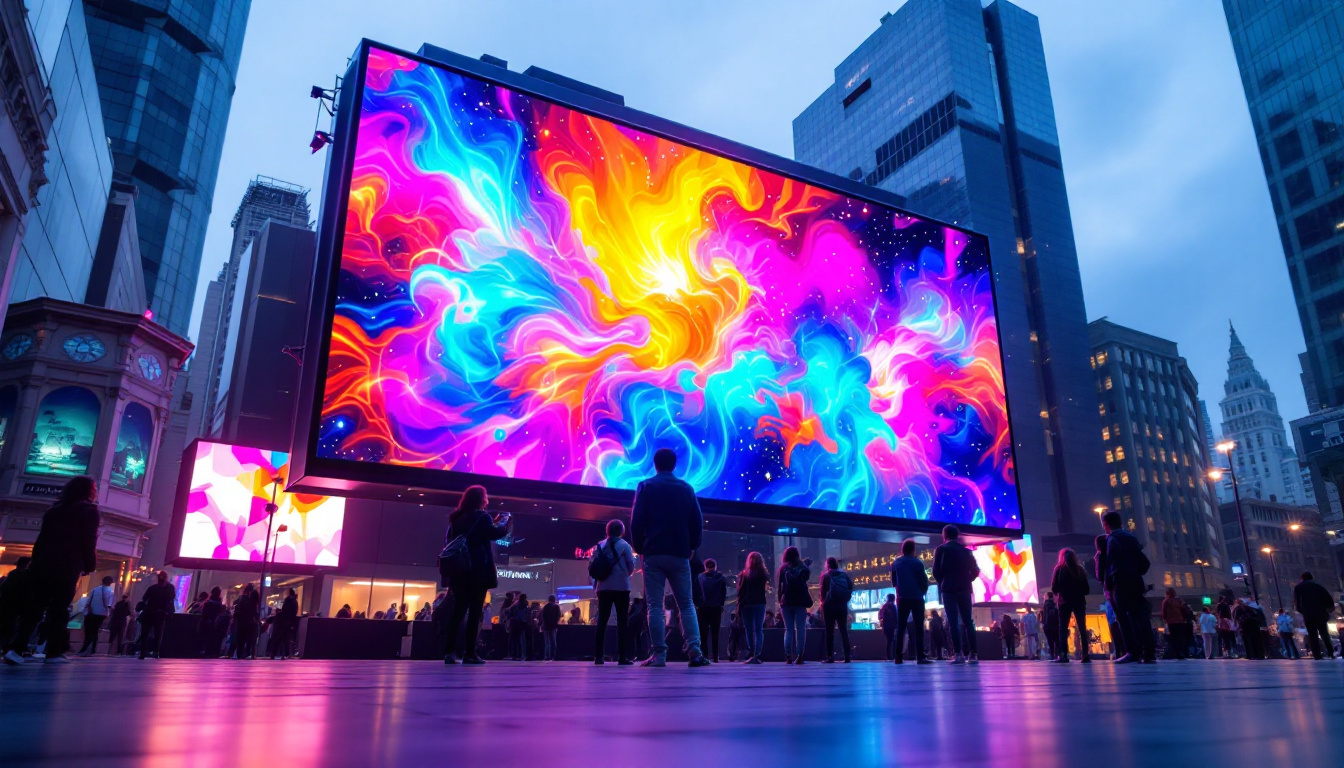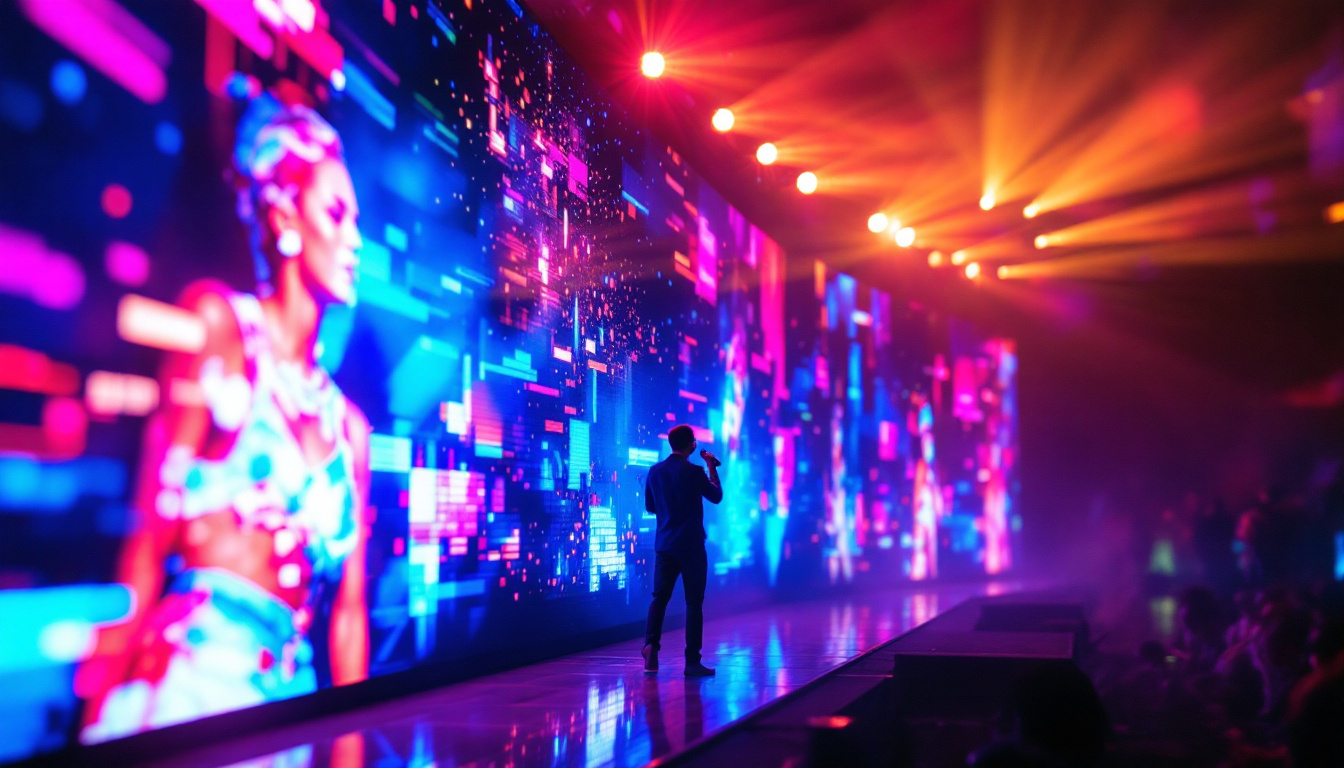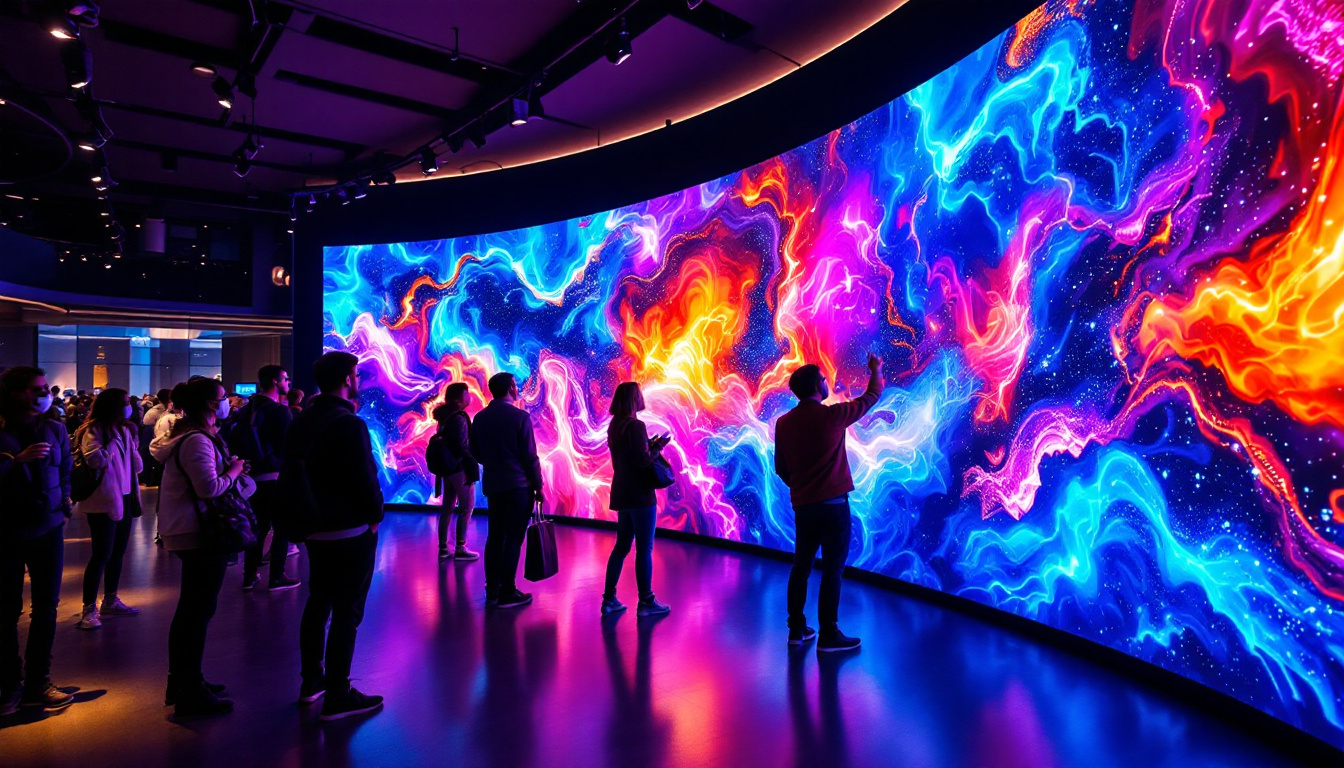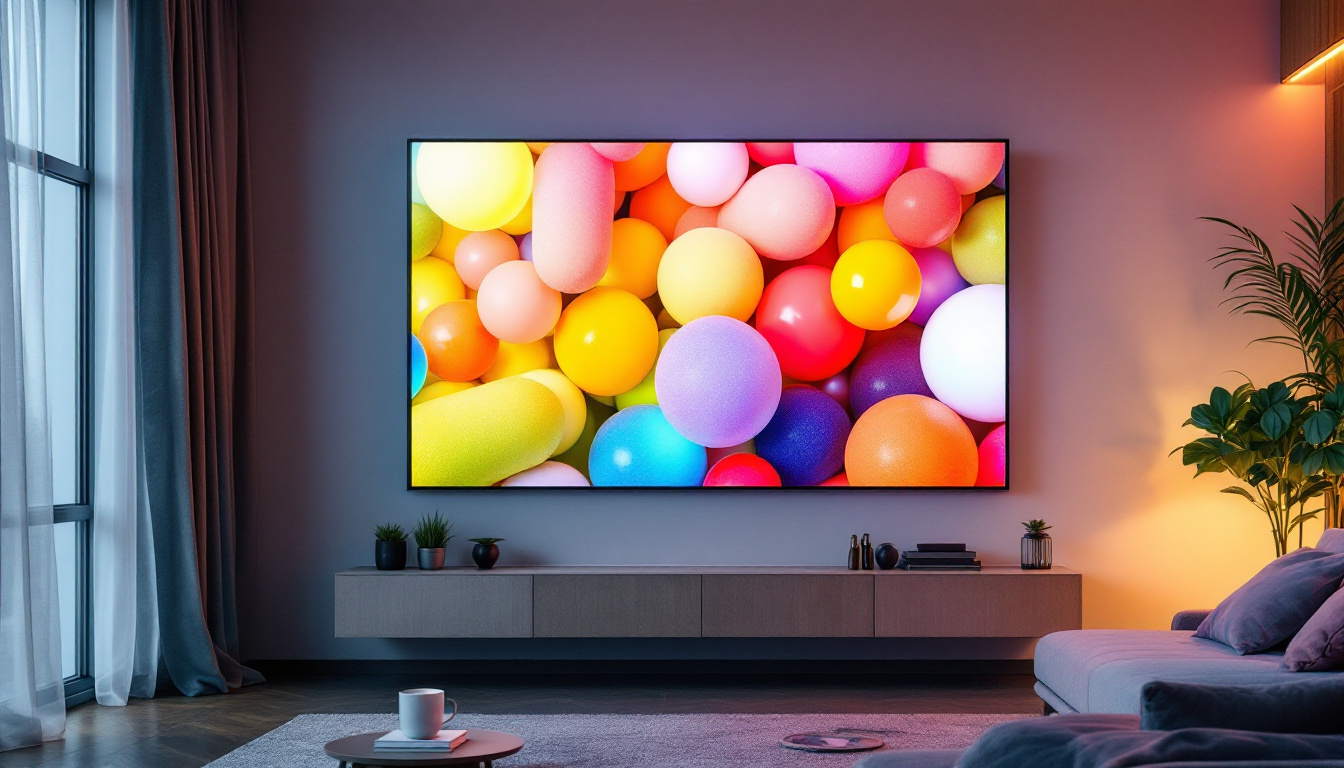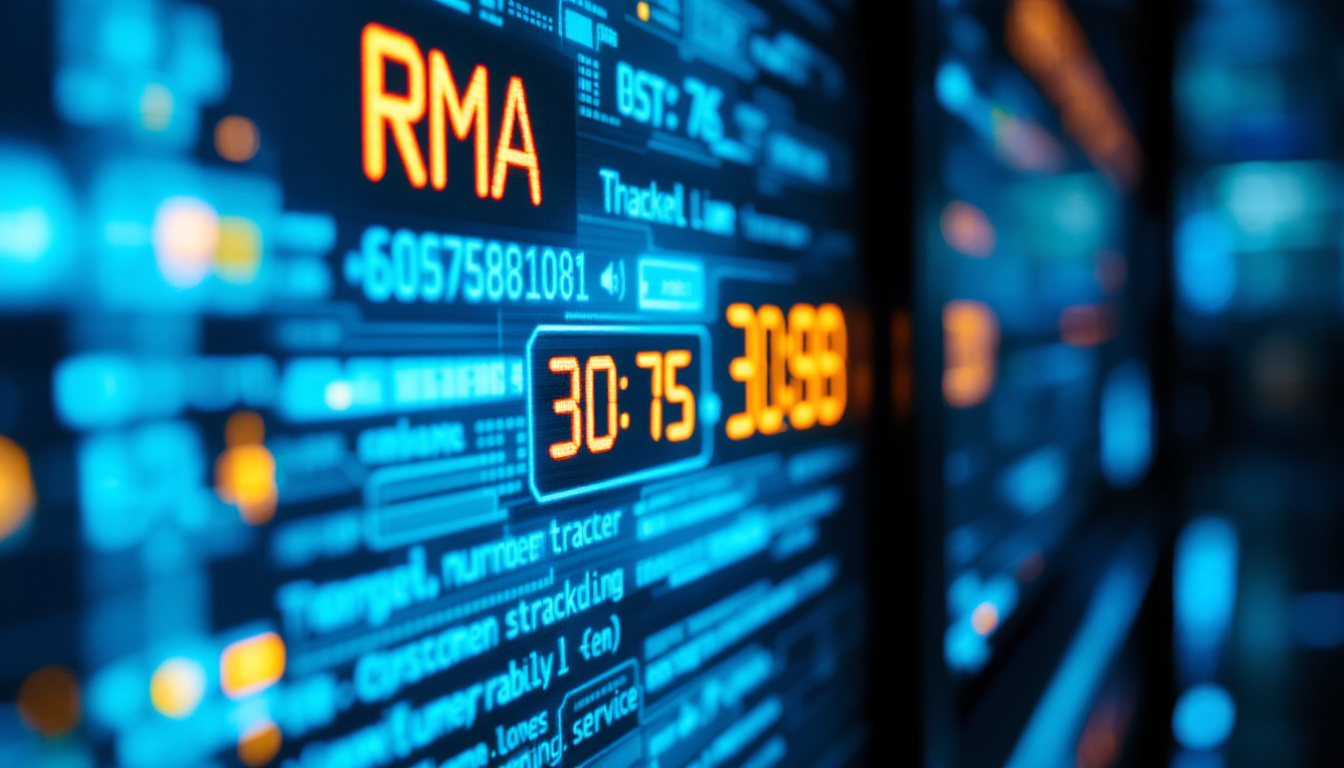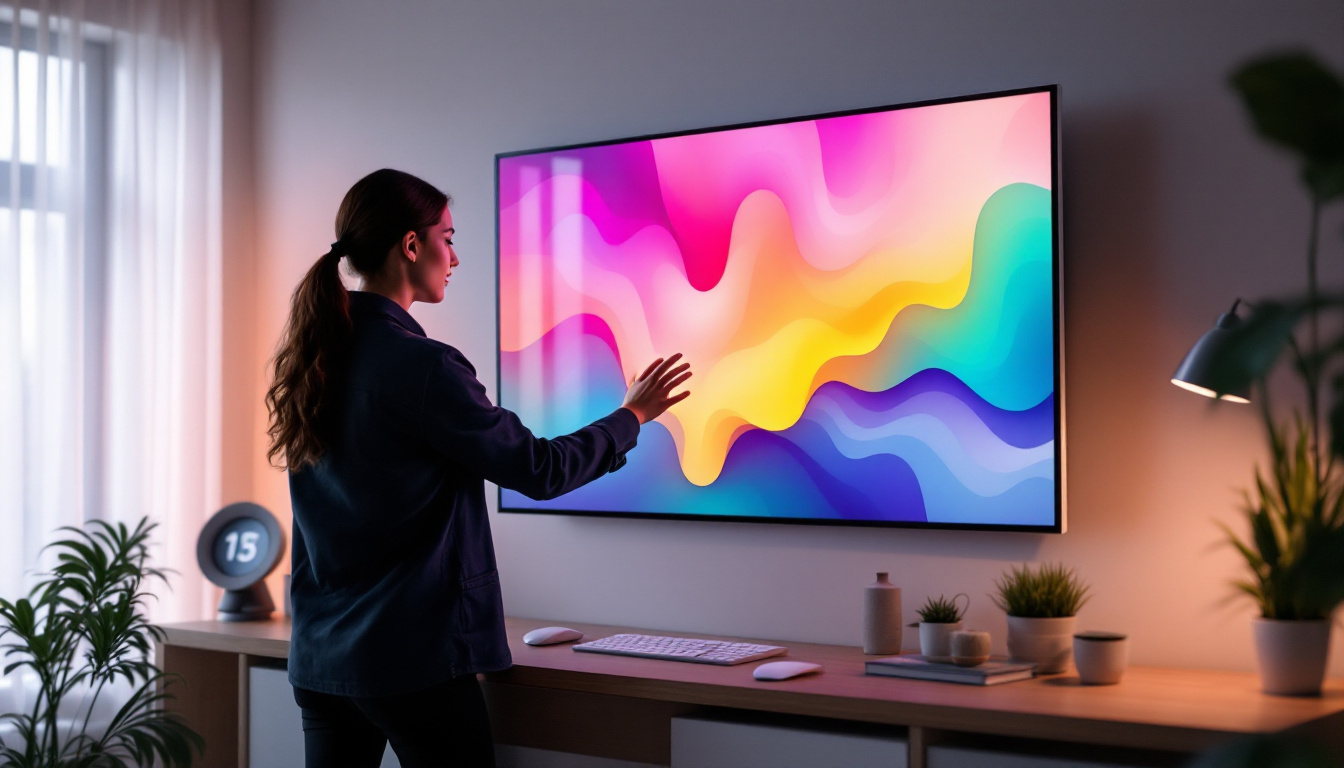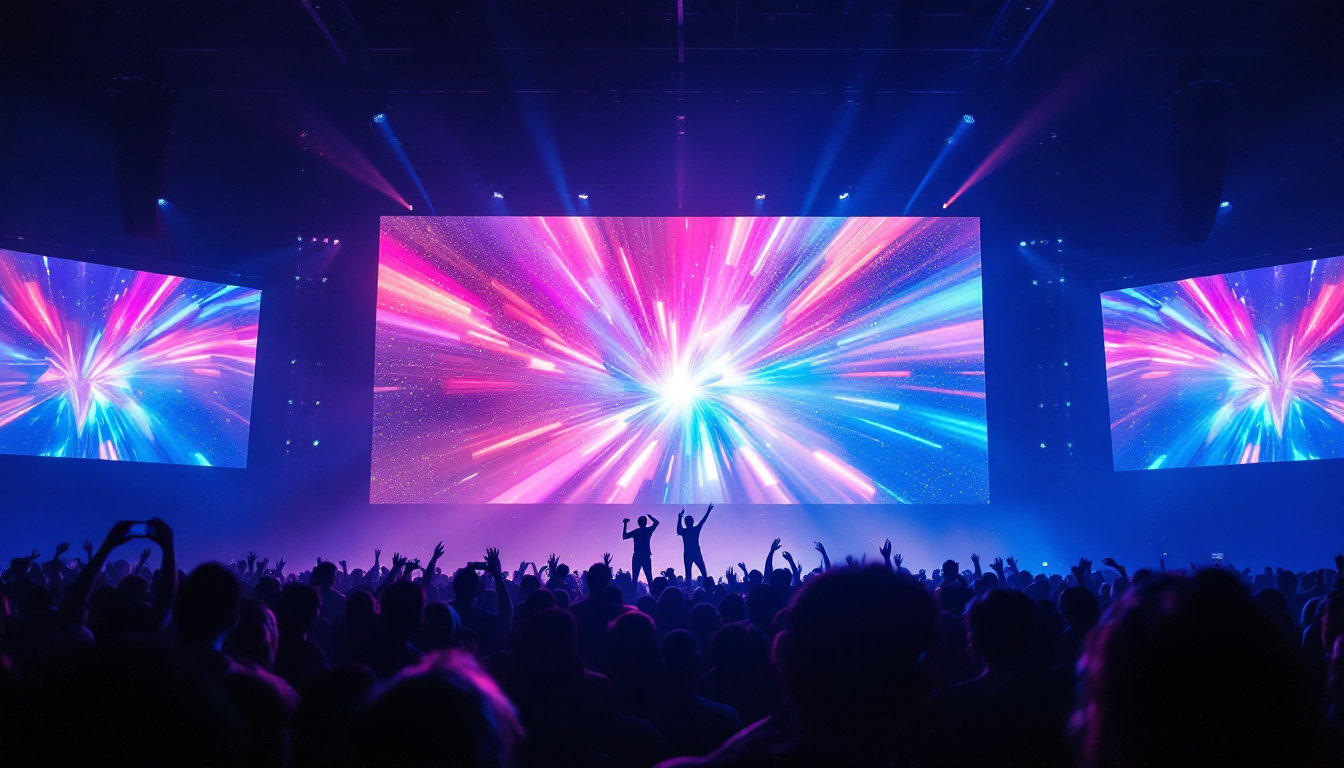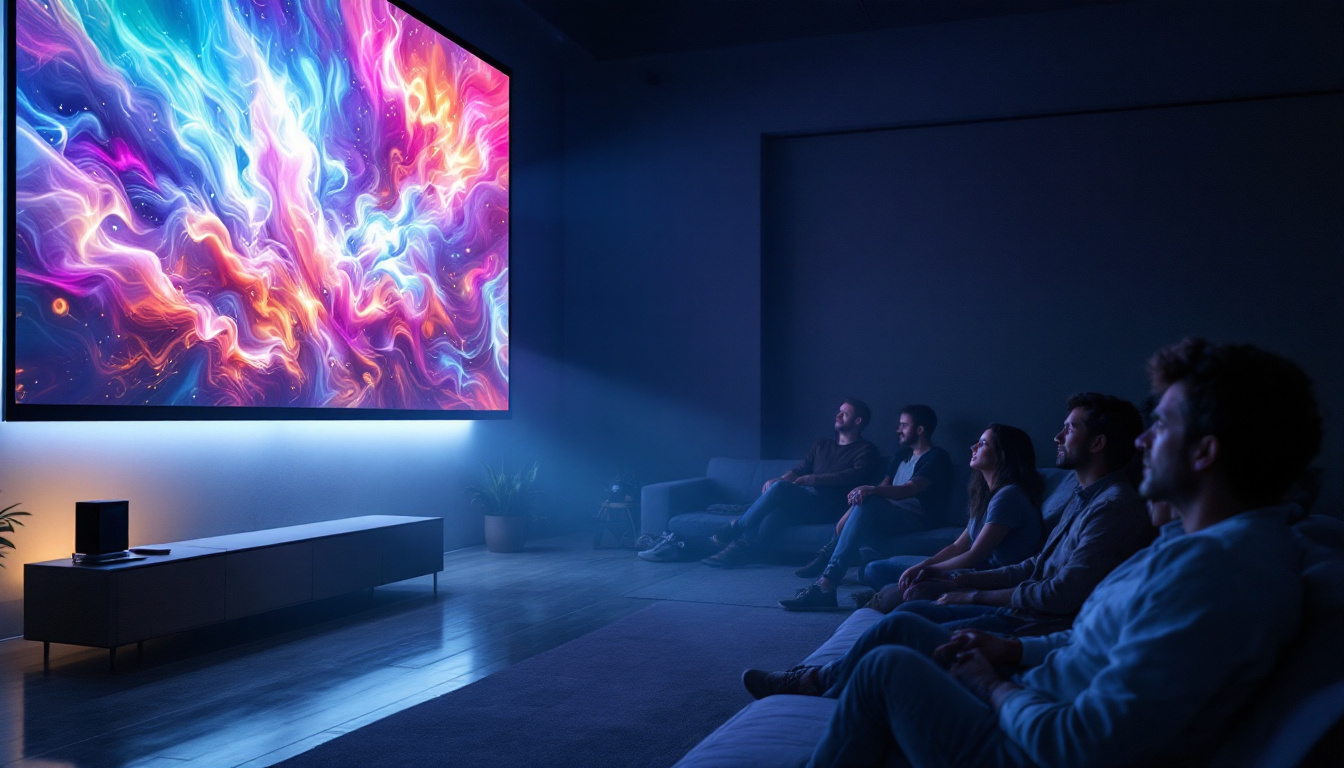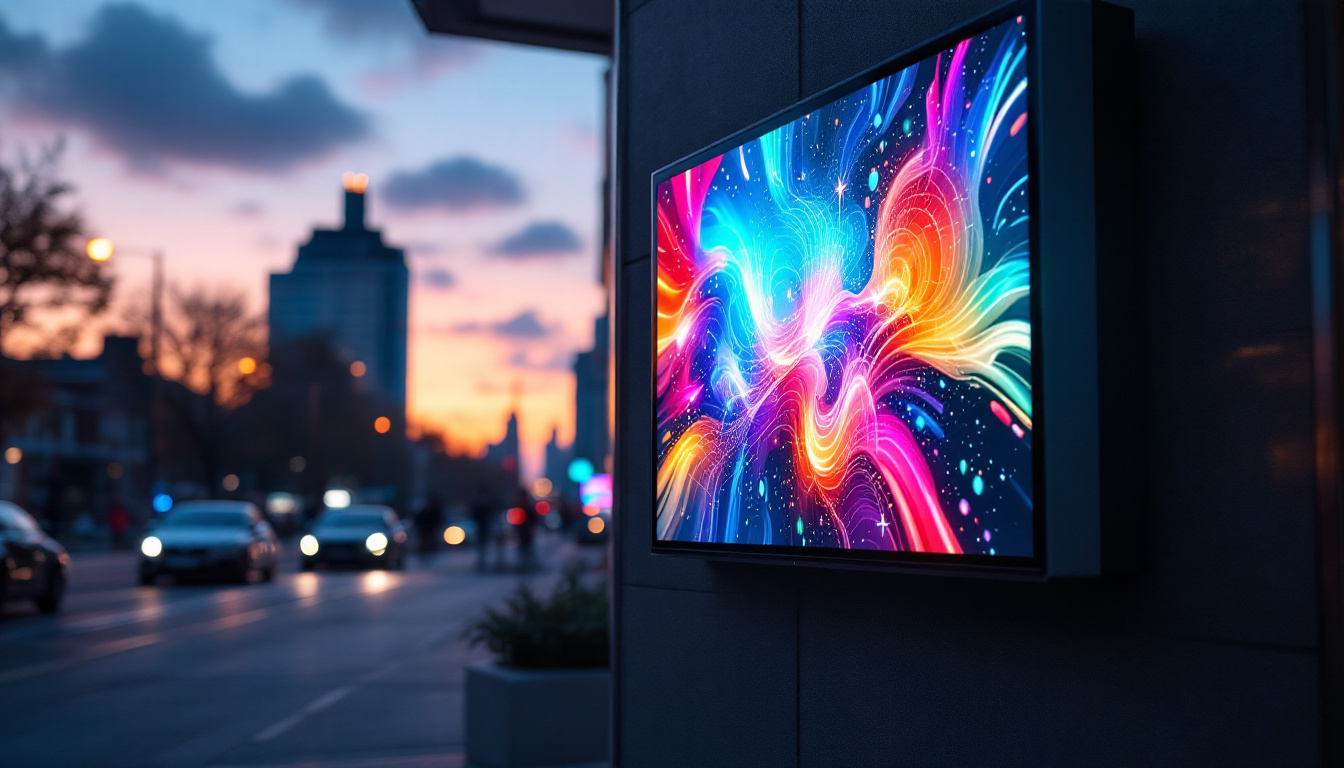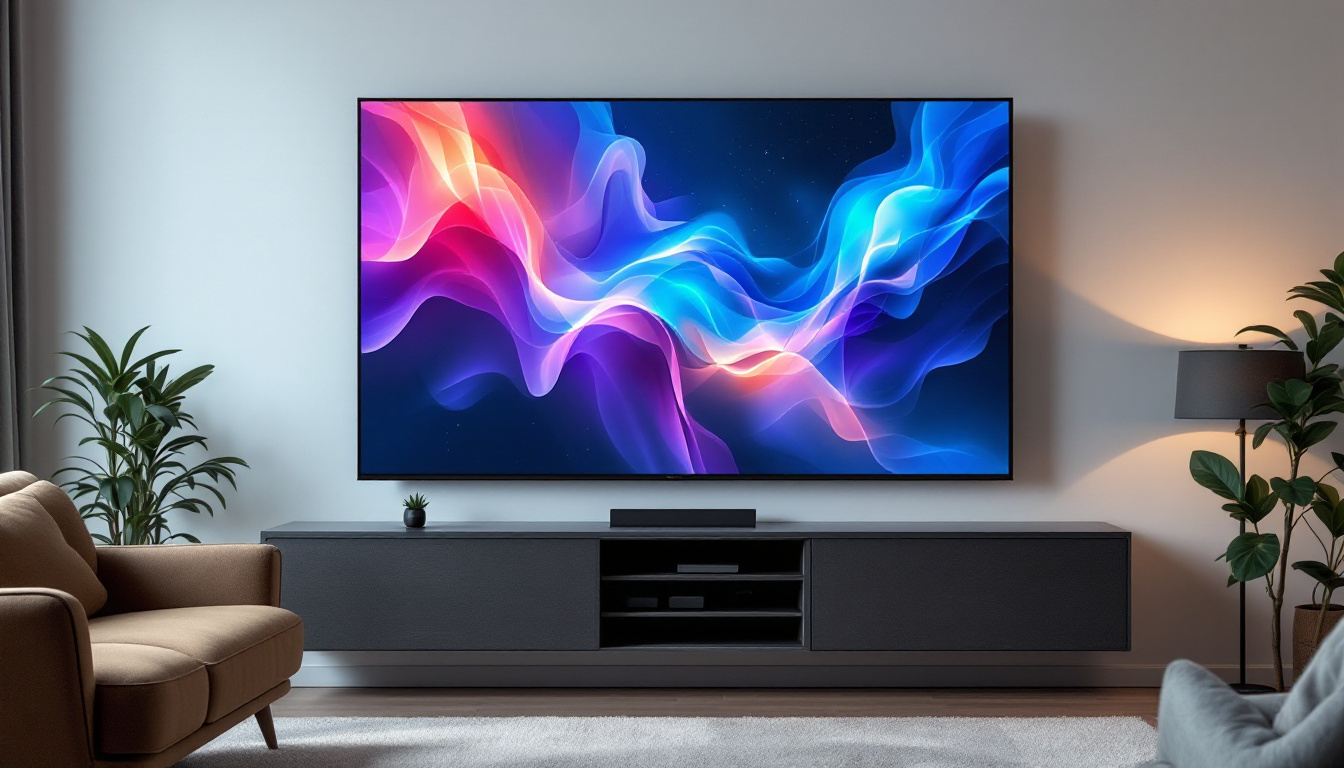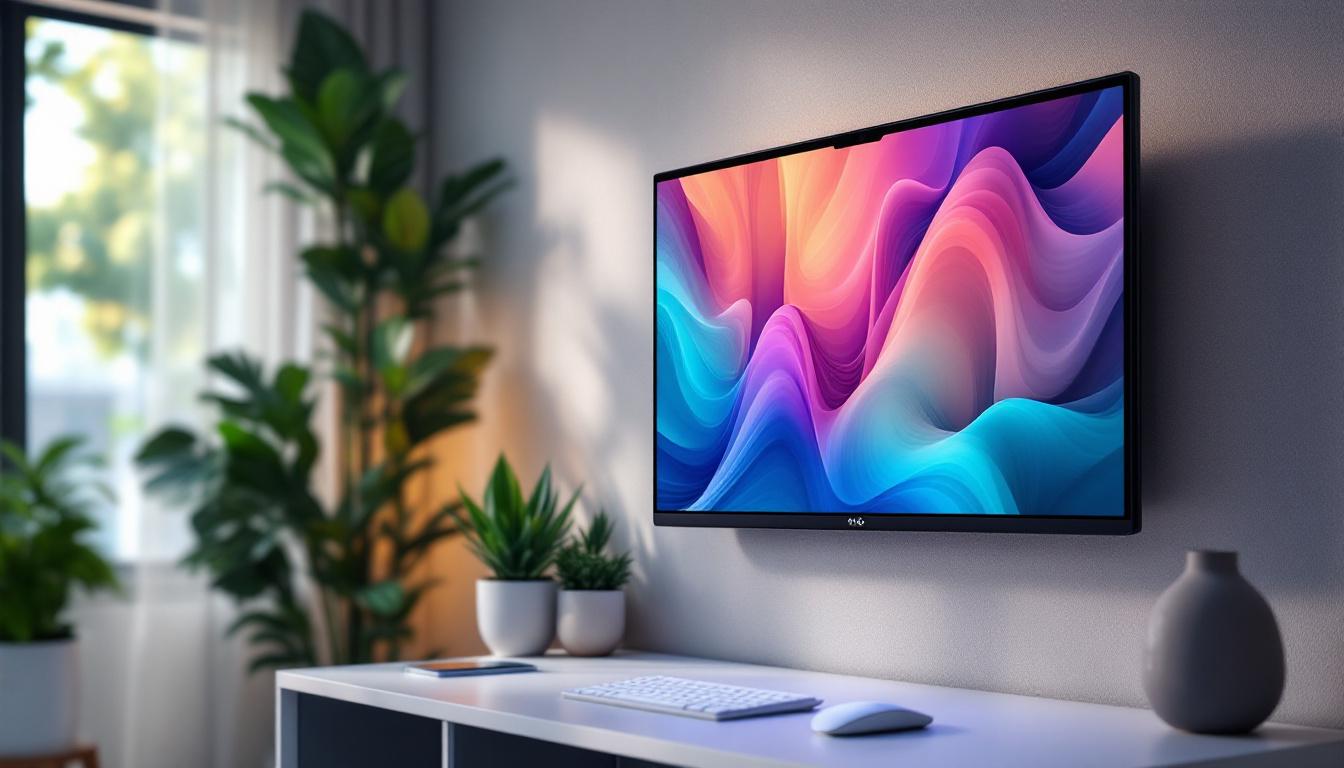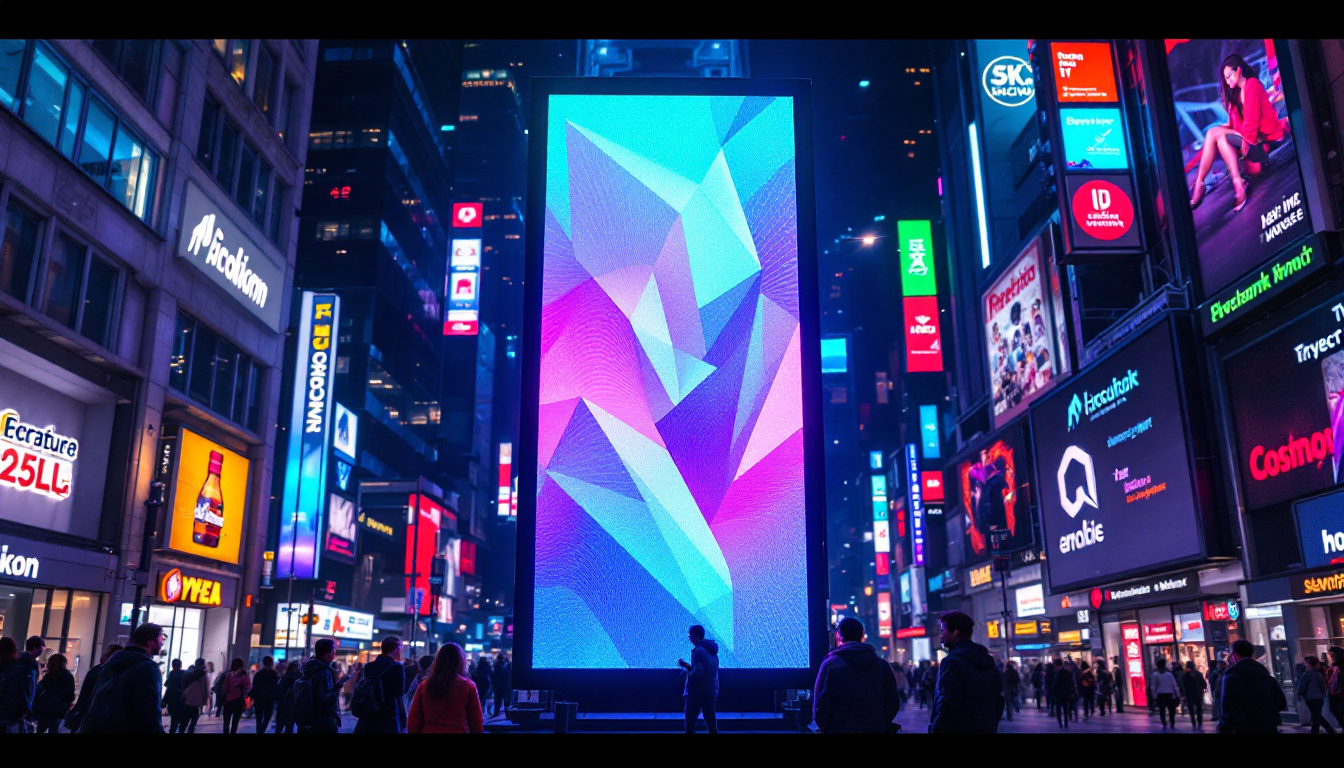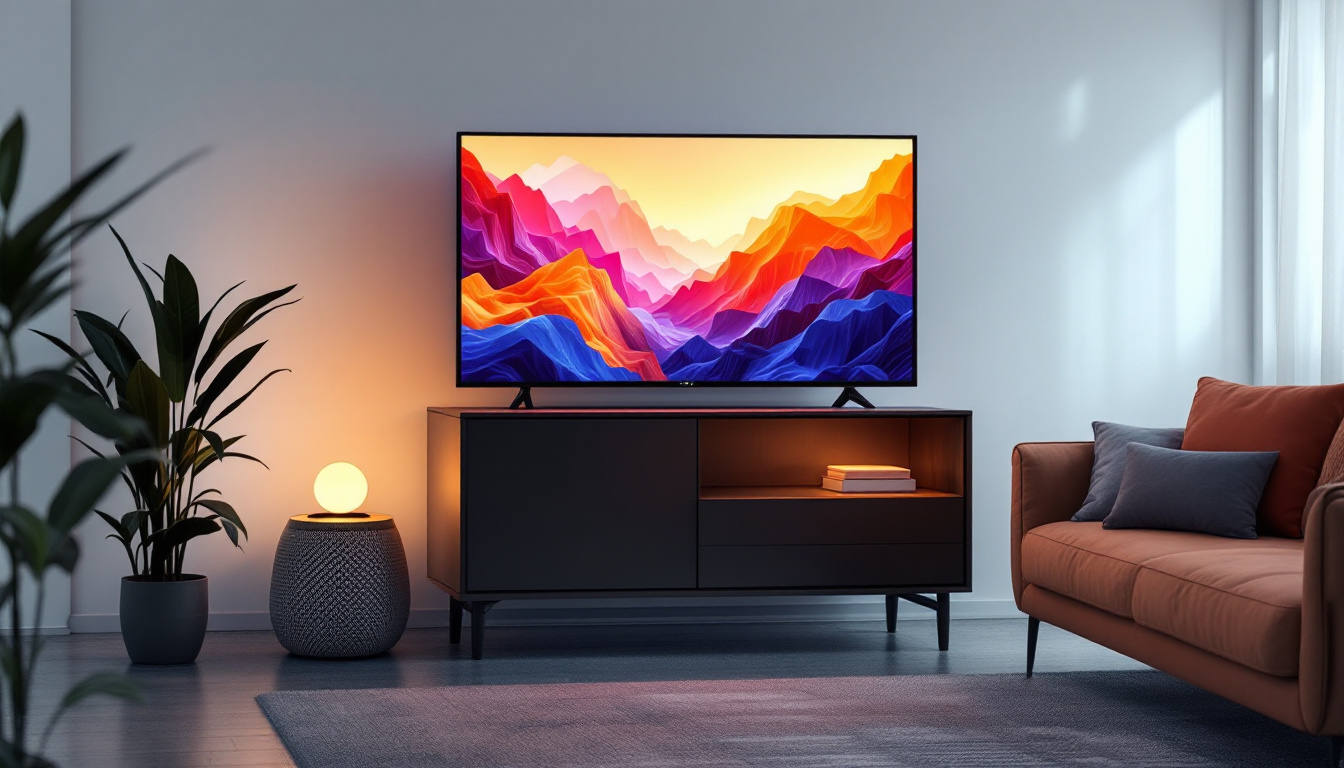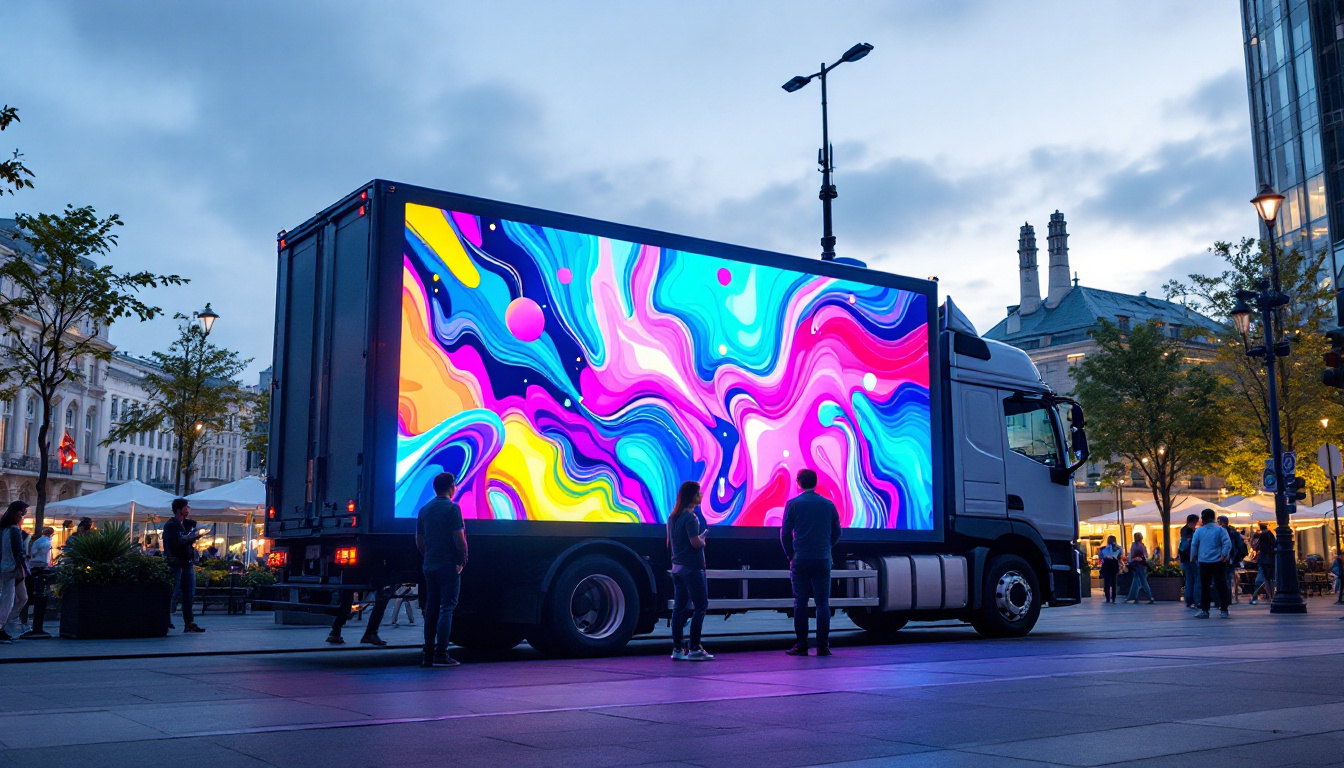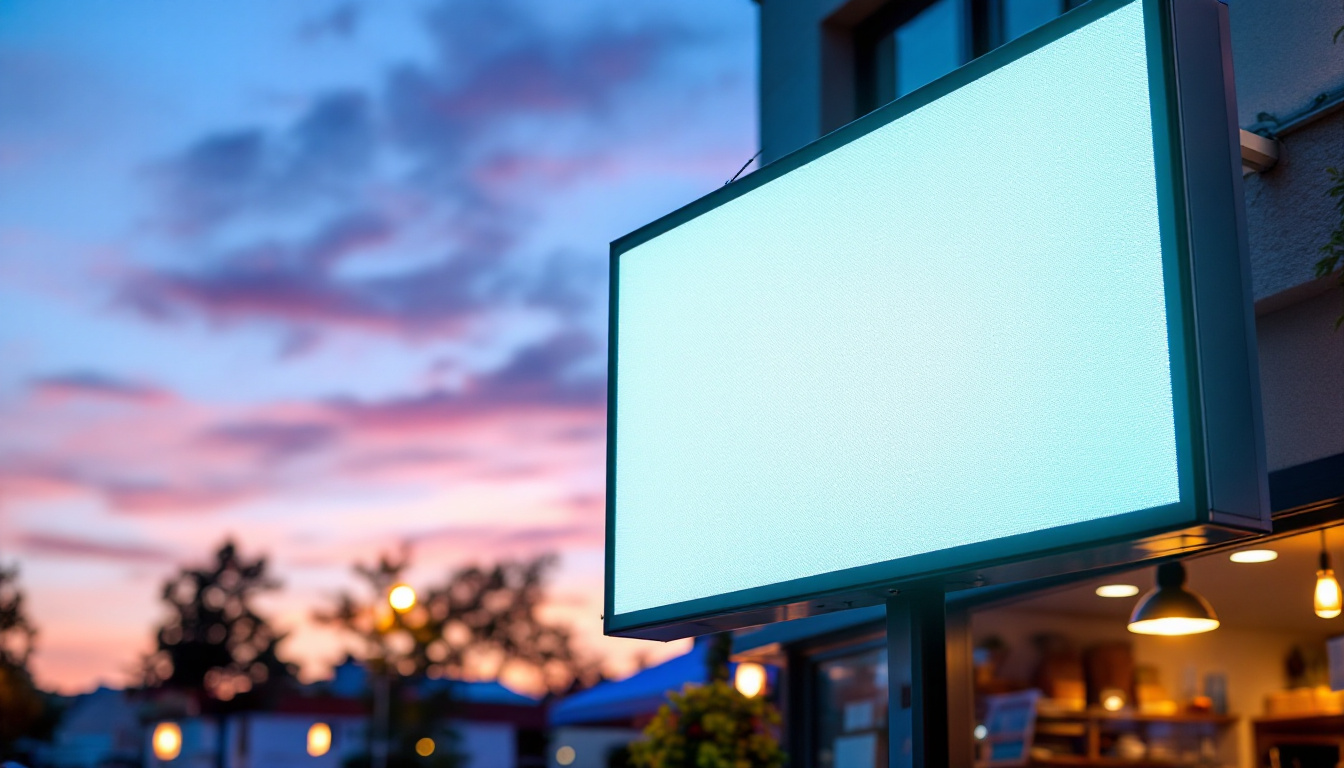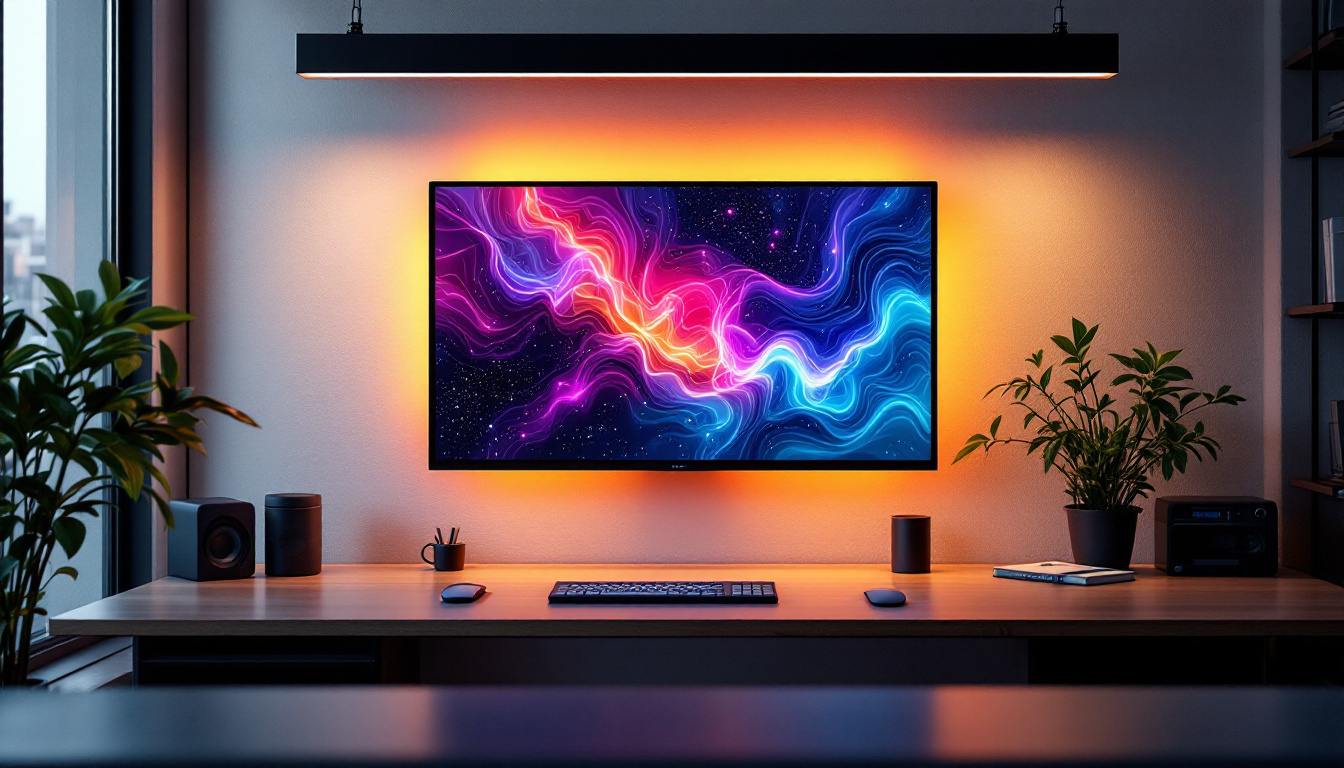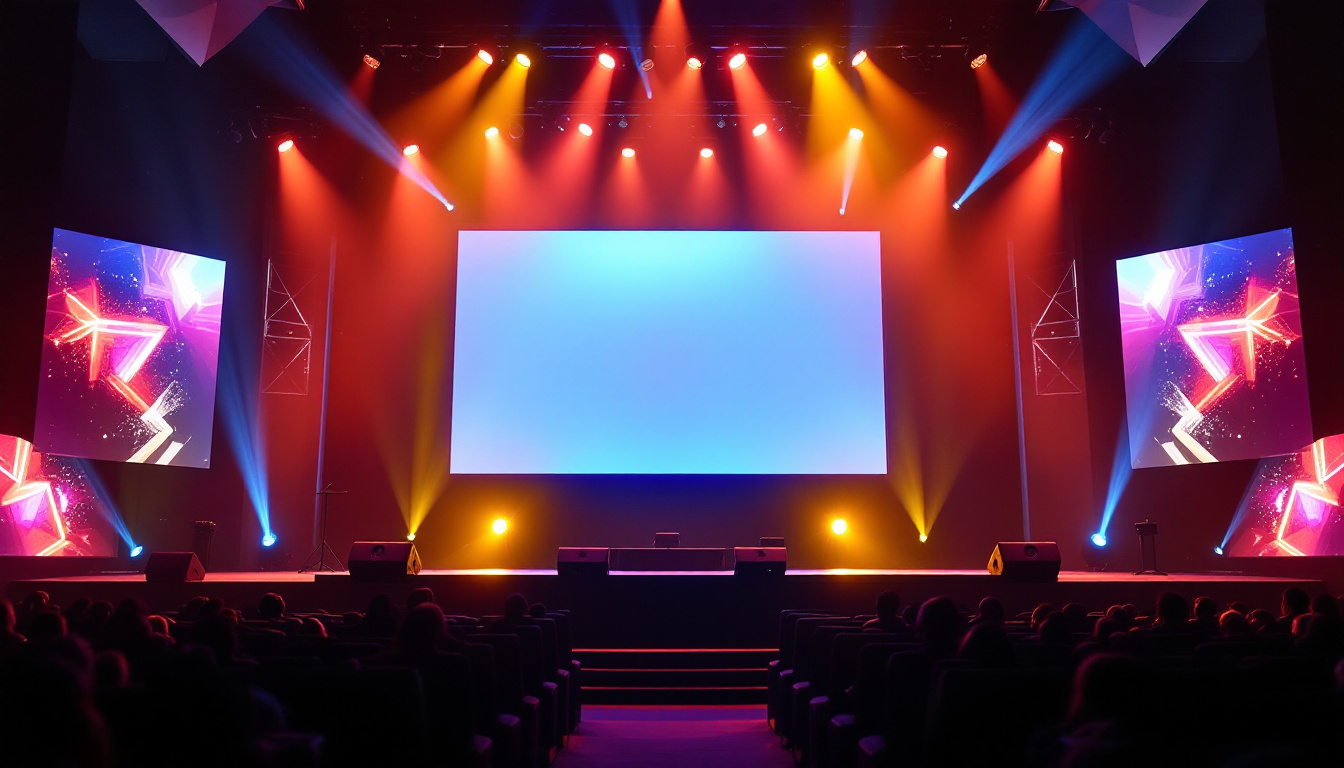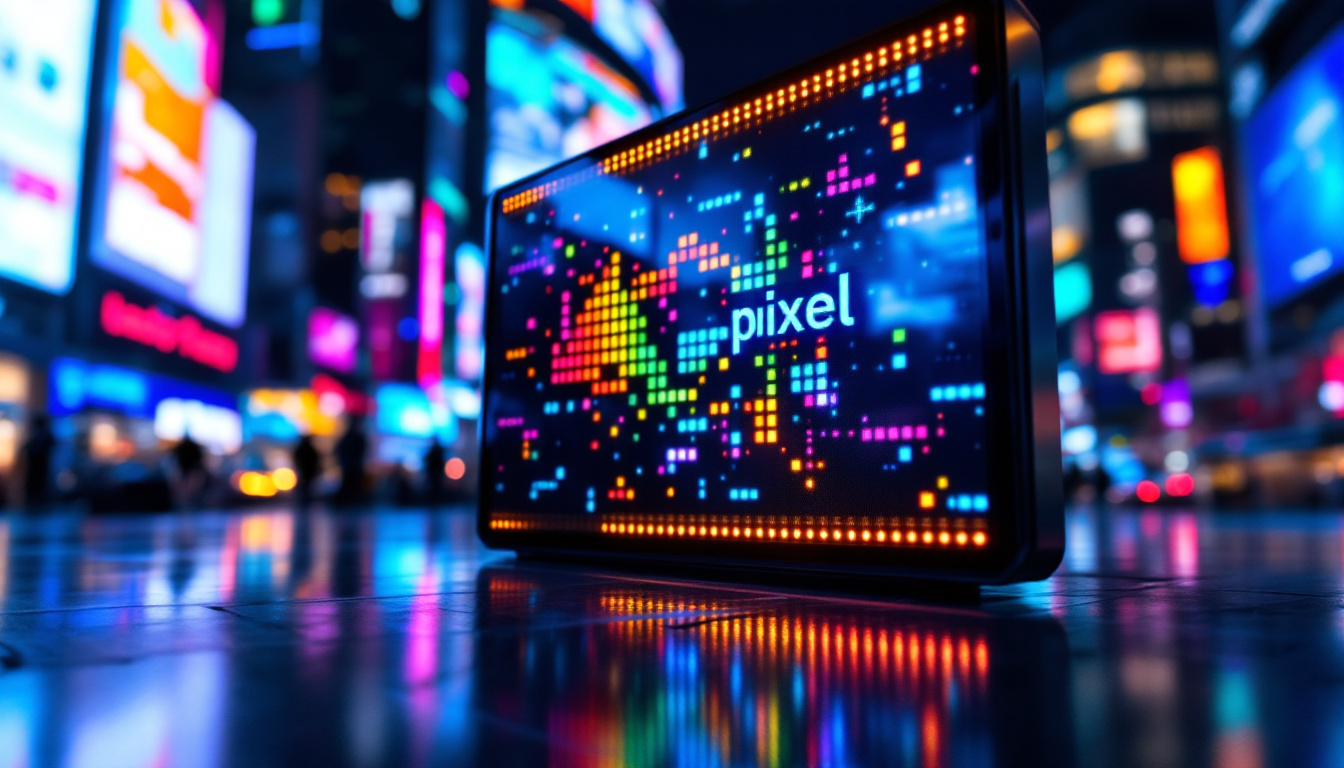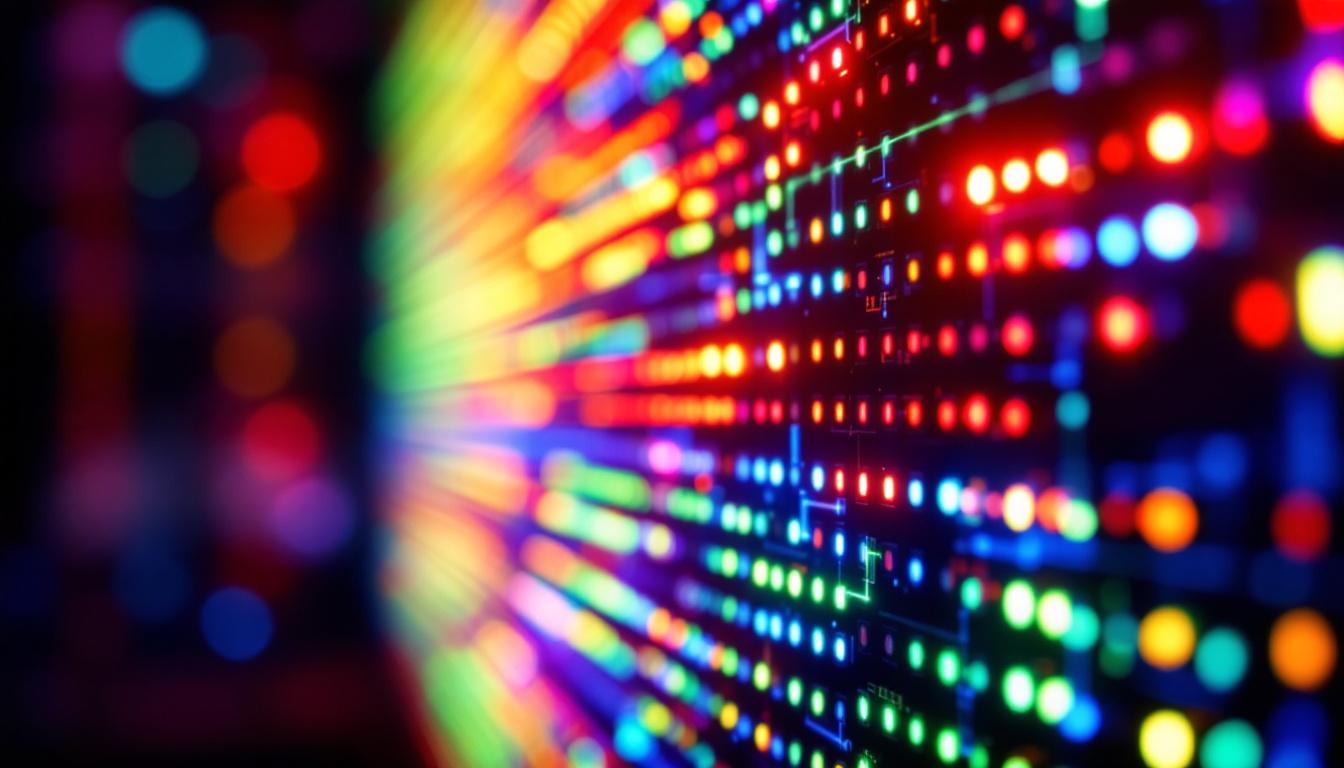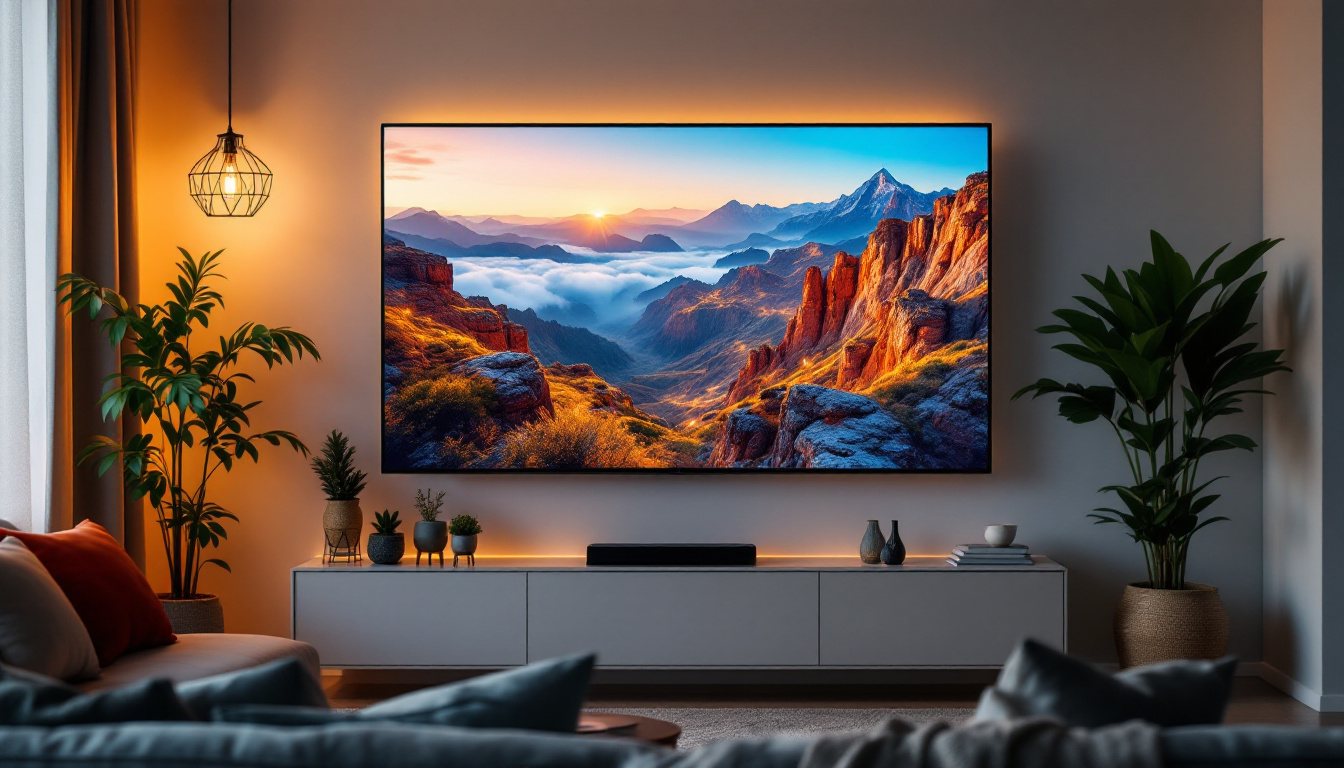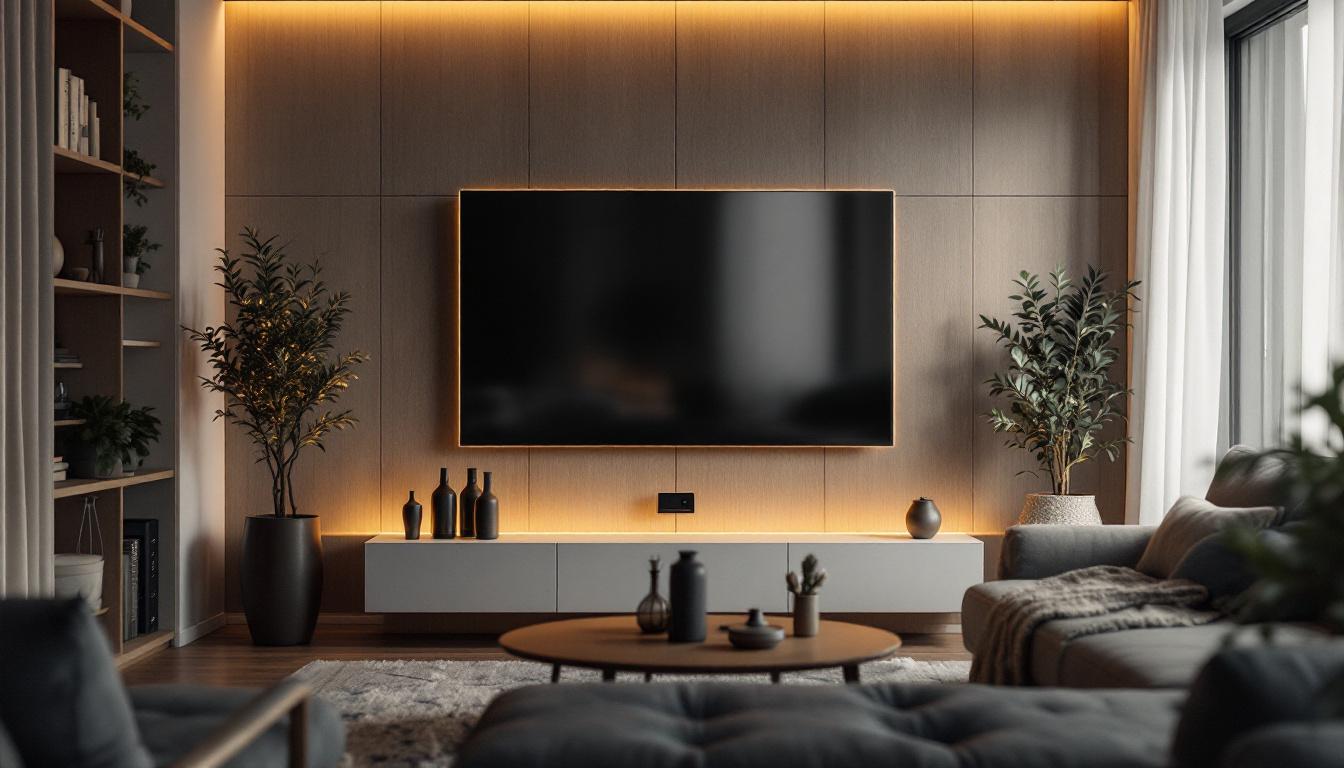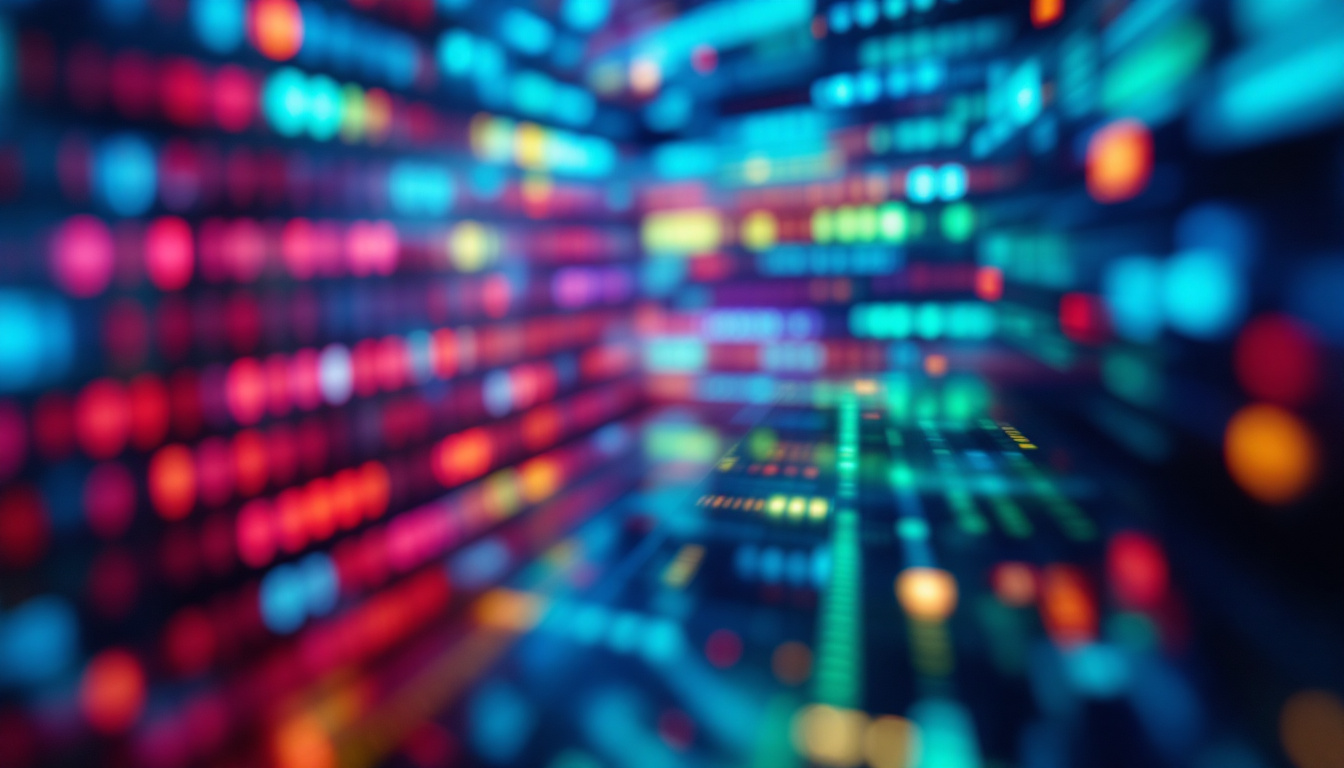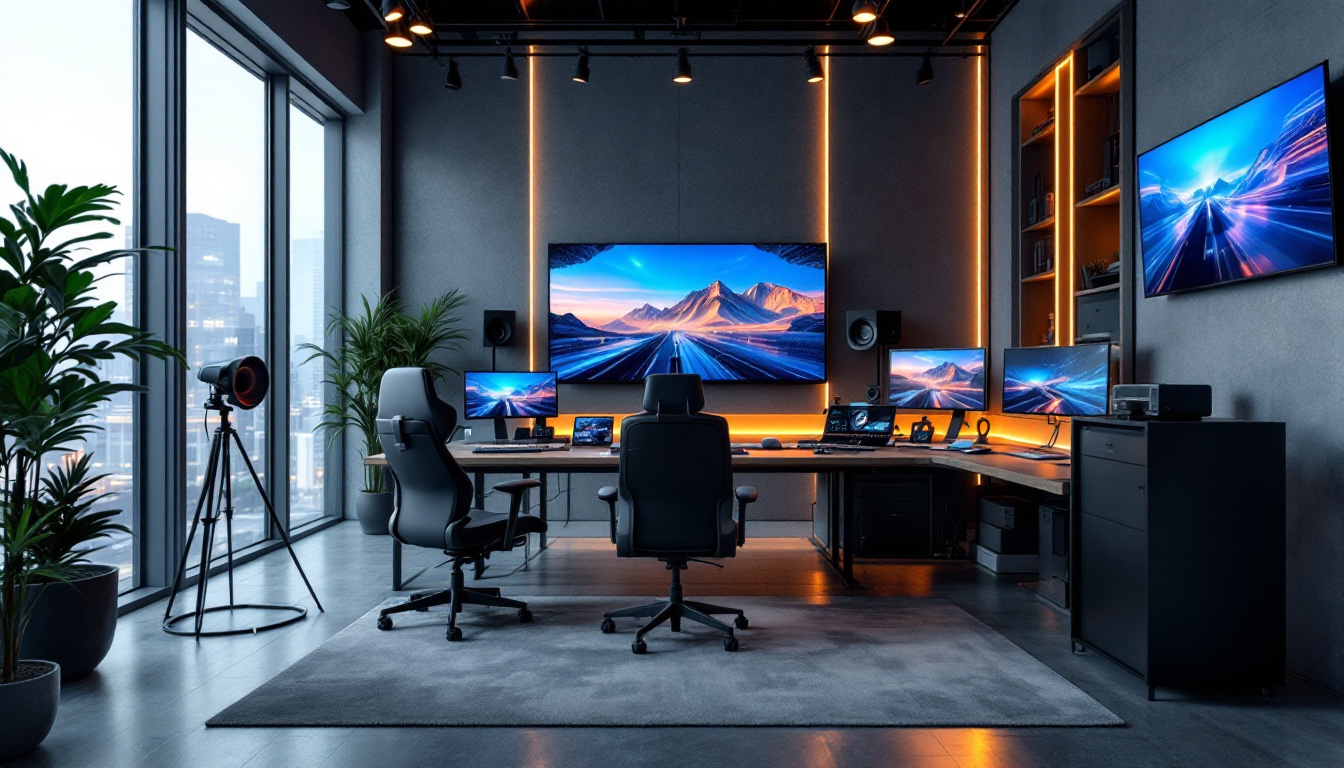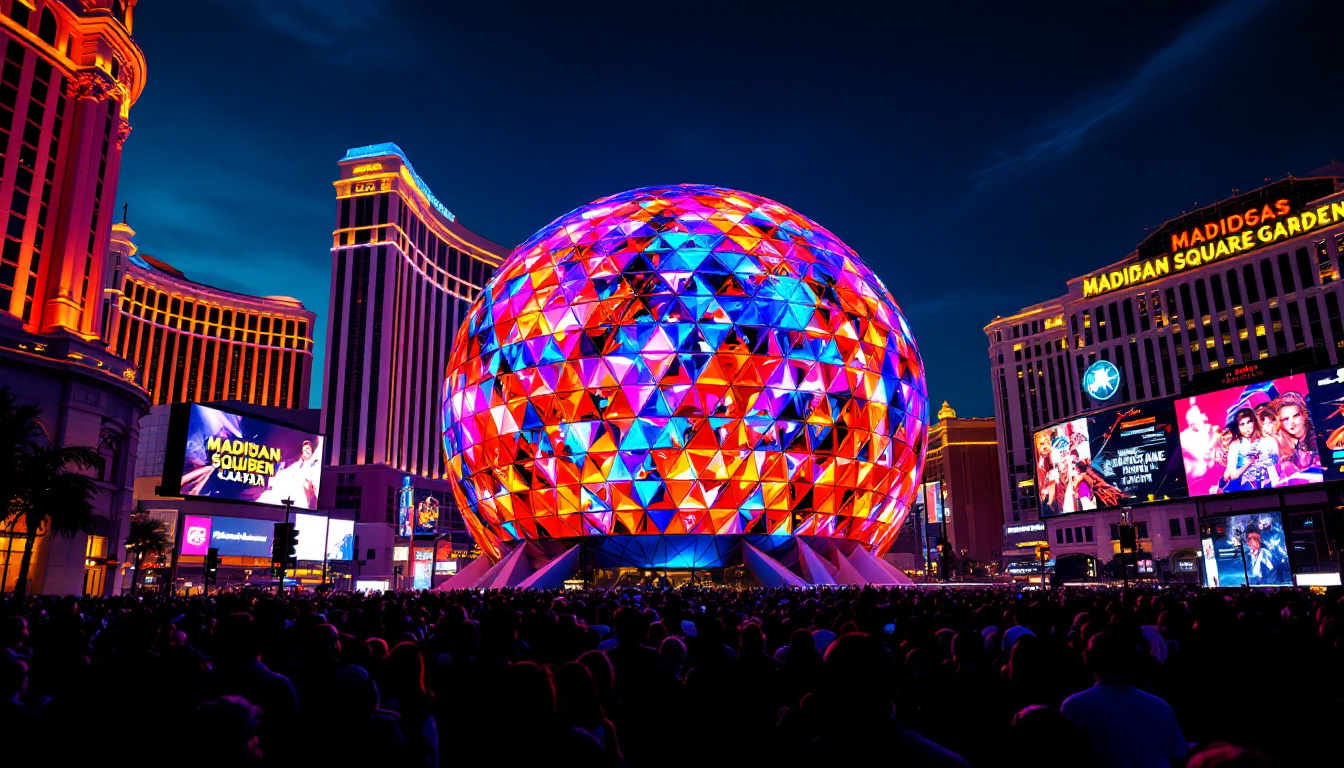Biggest LED Light: LED Display Explained
In recent years, LED technology has revolutionized the way we perceive visual displays. From billboards to televisions, LEDs have become a dominant force in the display industry. This article delves into the intricacies of LED displays, exploring their types, applications, and the technology that powers them.
Understanding LED Technology
Light Emitting Diodes (LEDs) are semiconductor devices that emit light when an electric current passes through them. Unlike traditional incandescent bulbs, which produce light through heat, LEDs are energy-efficient and have a longer lifespan. This efficiency is one of the primary reasons for their widespread adoption in various applications. In fact, LEDs can last up to 25 times longer than incandescent bulbs, significantly reducing the frequency and cost of replacements. This longevity not only benefits consumers but also contributes to lower waste and a smaller environmental footprint.
The Science Behind LEDs
At the core of LED technology is the principle of electroluminescence. When electrons move through a semiconductor material, they release energy in the form of photons, which we perceive as light. The color of the emitted light depends on the materials used in the semiconductor. For instance, gallium nitride produces blue light, while gallium phosphide emits green.
This fundamental process allows for a wide range of colors and brightness levels, making LEDs versatile for different applications. Furthermore, advancements in technology have led to the development of RGB (Red, Green, Blue) LEDs, which can create millions of colors by adjusting the intensity of each color component. This capability has revolutionized lighting design, enabling dynamic lighting effects in architectural spaces, stage productions, and even in automotive lighting, where customizable colors enhance both aesthetics and safety.
Types of LED Displays
LED displays can be categorized into several types based on their application and technology. The most common types include:
- Direct View LED Displays: These displays consist of individual LEDs arranged in a grid. They are commonly used for large outdoor advertising screens and scoreboards.
- LED Backlit Displays: These displays use LEDs as a backlight for LCD panels. They offer improved brightness and color accuracy compared to traditional fluorescent backlighting.
- Organic LED (OLED) Displays: OLEDs utilize organic compounds that emit light when an electric current is applied. They are known for their high contrast ratios and flexibility, making them suitable for smartphones and televisions.
In addition to these types, there are also MicroLED displays, which are made up of tiny, self-emissive LEDs that can deliver impressive resolutions and color accuracy. MicroLED technology is gaining traction in the market for its potential to create ultra-thin and lightweight displays, making them ideal for future applications in augmented reality and virtual reality. As the demand for high-quality visual experiences continues to grow, innovations in LED technology are likely to play a crucial role in shaping the future of display solutions.
Applications of LED Displays
LED displays have found their way into numerous sectors, transforming how information is conveyed and consumed. Their applications range from advertising to entertainment, and their versatility continues to expand.
Advertising and Marketing
One of the most prominent uses of LED displays is in advertising. Large-scale LED billboards are strategically placed in high-traffic areas to capture the attention of passersby. These displays can showcase dynamic content, including videos and animations, making them more engaging than traditional static billboards.
Moreover, LED displays can be programmed to change content based on time or audience demographics, allowing for targeted advertising that maximizes impact. This adaptability has made LED displays a preferred choice for brands looking to enhance their visibility.
Entertainment and Events
In the entertainment industry, LED displays play a crucial role in concerts, festivals, and sporting events. Large LED screens are often used to provide close-up views of performances or games, ensuring that audiences have an immersive experience regardless of their seating location.
Additionally, LED technology has enabled the creation of stunning visual effects through video mapping and light shows. These displays can transform venues into captivating environments, enhancing the overall experience for attendees.
Transportation and Public Information
LED displays are also widely used in transportation systems. They provide real-time information to passengers, such as arrival and departure times for buses and trains. The clarity and visibility of LED displays ensure that crucial information is easily accessible, contributing to smoother operations in public transport.
Furthermore, LED signage is commonly found in airports, helping travelers navigate through terminals and stay informed about flight statuses. This application highlights the importance of LED technology in enhancing communication and safety in public spaces.
Advantages of LED Displays
The rise of LED displays can be attributed to several advantages they offer over traditional display technologies. Understanding these benefits is essential for businesses and consumers considering an upgrade to LED technology.
Energy Efficiency
One of the most significant advantages of LED displays is their energy efficiency. LEDs consume significantly less power than traditional incandescent or fluorescent lights, leading to lower energy bills. This efficiency is particularly beneficial for large installations, such as outdoor billboards, where energy costs can be substantial.
Moreover, the reduced energy consumption contributes to a smaller carbon footprint, making LED displays an environmentally friendly option. As sustainability becomes increasingly important, businesses are more inclined to adopt energy-efficient technologies.
Longevity and Durability
LEDs are known for their impressive lifespan, often lasting tens of thousands of hours. This longevity means less frequent replacements, reducing maintenance costs and downtime. In contrast, traditional displays may require regular bulb changes, which can be both time-consuming and costly.
Additionally, LED displays are more durable and resistant to shock and vibration. This resilience makes them suitable for various environments, including outdoor settings where weather conditions can be unpredictable.
High-Quality Visuals
LED displays are renowned for their vibrant colors and high brightness levels. They can produce sharp images and videos, even in bright sunlight, making them ideal for outdoor applications. The ability to achieve high contrast ratios enhances the viewing experience, ensuring that content is engaging and visually appealing.
Furthermore, advancements in LED technology have led to improved pixel density, allowing for higher resolution displays. This capability is particularly important for applications requiring detailed visuals, such as digital signage in retail environments.
Challenges and Considerations
While LED displays offer numerous benefits, there are also challenges and considerations that potential users should be aware of. Understanding these aspects can help in making informed decisions regarding the adoption of LED technology.
Initial Costs
One of the primary challenges associated with LED displays is their initial cost. Although prices have decreased in recent years, high-quality LED displays can still represent a significant investment. Businesses must weigh the upfront costs against the long-term savings in energy and maintenance to determine the overall value.
For smaller businesses or organizations with limited budgets, financing options or leasing arrangements may be available to mitigate the initial financial burden. Exploring these alternatives can make LED technology more accessible.
Installation and Maintenance
Installing LED displays can be complex, particularly for large-scale installations. Proper planning and expertise are required to ensure that the displays are set up correctly and function optimally. This complexity may necessitate hiring specialized contractors, adding to the overall cost.
Additionally, while LED displays are generally low-maintenance, they still require regular upkeep to ensure longevity and performance. This maintenance may include cleaning the screens, checking connections, and updating software. Organizations should factor in these ongoing responsibilities when considering LED technology.
Environmental Impact of Production
While LED displays are energy-efficient during their operational life, the environmental impact of their production should not be overlooked. The manufacturing process involves the use of rare materials and chemicals, which can pose environmental challenges.
To address these concerns, manufacturers are increasingly focusing on sustainable practices in the production of LEDs. Choosing products from companies that prioritize environmentally friendly manufacturing processes can help mitigate the overall impact.
The Future of LED Displays
The future of LED displays looks promising, with ongoing advancements in technology and increasing adoption across various sectors. As demand for high-quality visual experiences continues to grow, innovations in LED technology are expected to evolve rapidly.
Emerging Technologies
One of the most exciting developments in the LED industry is the advent of MicroLED technology. MicroLED displays consist of tiny, individual LEDs that can be arranged in various configurations, offering unprecedented levels of brightness, color accuracy, and flexibility. This technology has the potential to revolutionize everything from smartphones to large-scale displays.
Additionally, advancements in flexible and transparent LED displays are paving the way for new applications. These displays can be integrated into various surfaces, including windows and walls, creating immersive environments that blend technology with architecture.
Integration with Smart Technology
As smart technology becomes increasingly prevalent, the integration of LED displays with IoT (Internet of Things) devices is expected to grow. Smart LED displays can be programmed to respond to real-time data, enabling dynamic content that adapts to changing conditions or user preferences.
This integration can enhance advertising effectiveness, improve public information systems, and create interactive experiences in retail environments. The potential for personalization and responsiveness will likely drive further adoption of LED technology.
Sustainability Initiatives
The focus on sustainability is expected to shape the future of LED displays. Manufacturers are likely to prioritize eco-friendly materials and production methods to reduce the environmental impact of their products. Additionally, recycling programs for old LED displays may become more common, promoting a circular economy within the industry.
As consumers become more environmentally conscious, businesses that adopt sustainable practices in their use of LED technology may gain a competitive edge.
Conclusion
LED displays have transformed the way information is presented and consumed across various sectors. Their energy efficiency, longevity, and high-quality visuals make them an attractive choice for businesses and organizations looking to enhance their communication strategies.
While challenges such as initial costs and installation complexities exist, the benefits of LED technology far outweigh these concerns. As advancements continue to emerge, the future of LED displays promises to be bright, paving the way for innovative applications and sustainable practices that will shape the industry for years to come.
Illuminate Your Space with LumenMatrix
As you consider the future of LED displays and the transformative impact they have on communication and engagement, LumenMatrix stands at the forefront of this evolution. Our commitment to innovation is reflected in our diverse range of LED display solutions, designed to meet the dynamic needs of any business. From captivating Indoor LED Wall Displays to versatile Vehicle LED Displays and beyond, LumenMatrix is poised to elevate your brand’s visibility and audience experience. We invite you to check out LumenMatrix LED Display Solutions and join us in shaping the future of visual storytelling.

